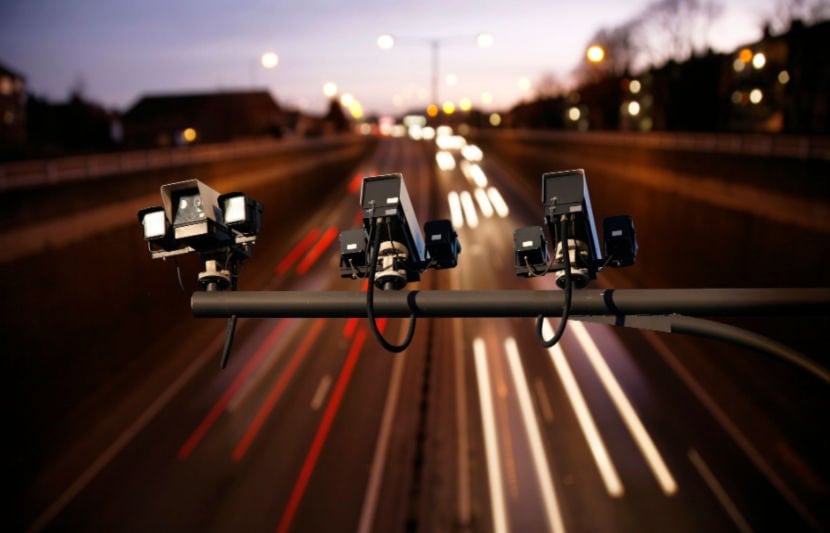Traffic light cameras or red light cameras are typically installed at traffic lights on major junctions. But crucially, these cameras can snap any driver running a red light.
Activated when the lights turn red, sensors detect and photograph any vehicles that pass through the junction during that timeframe.
These cameras also monitor the flow of traffic on motorways, busy roads and at major junctions.

Do all traffic lights have cameras?
It's important to state not all traffic lights have red light cameras.
On a practical level it wouldn’t be cost-effective to fix red light cameras onto every traffic light up and down the UK! Especially when you consider the cost of implementing and operating them.
Still, it's not worth chancing running a red light.
Will I get fined for running a red light?
Yes. If you get caught by a red light camera you should get a fine of £100 and 3 points on your licence. These points stay on your licence for 4 years, usually.
You may also be asked to go on an educational course if you’re caught running a red light.
When you renew your car insurance, you're asked about unspent driving convictions. If you have points on your licence from running a red light your car insurance could be more expensive.
How can I find where traffic light cameras are in my area?
For drivers in Wales, you can find the traffic light cameras in your area by visiting GoSafe. Just scroll to the bottom of the page to use the location search map.
If you live in any other part of the UK, you can find red light cameras in your area at Photoenforced.com.
How will I know if I've been caught by a traffic light camera?
You won't know immediately. If a red-light camera has captured you, you will receive a Notice of Intended Prosecution (NIP) within 14 days. The NIP will request the registered owner of the vehicle to identify the driver at the time of the offence, who must complete and return the form within 28 days.
After that, you pay a fixed penalty fine. However, if you believe there's been an error, you have the right to challenge the fine by filing an appeal.
Can I appeal a traffic light camera ticket?
In some cases, you may be able to successfully challenge a red-light camera ticket. These include:
- Providing evidence that you did not pass through the red light
- Providing evidence of a defect in the lights or related signage
- Having a dash cam installed in your vehicle that can prove the red-light camera was triggered falsely.
Anyone can access traffic camera images on Traffic England’s website.
But remember, acceptance is not guaranteed. There's every chance the ticket may still be upheld, depending on your situation.
Do traffic cameras flash?
Traffic cameras don't always flash. Most use an infrared flash, which is not visible to the driver. So you won't know immediately whether you've been caught.

